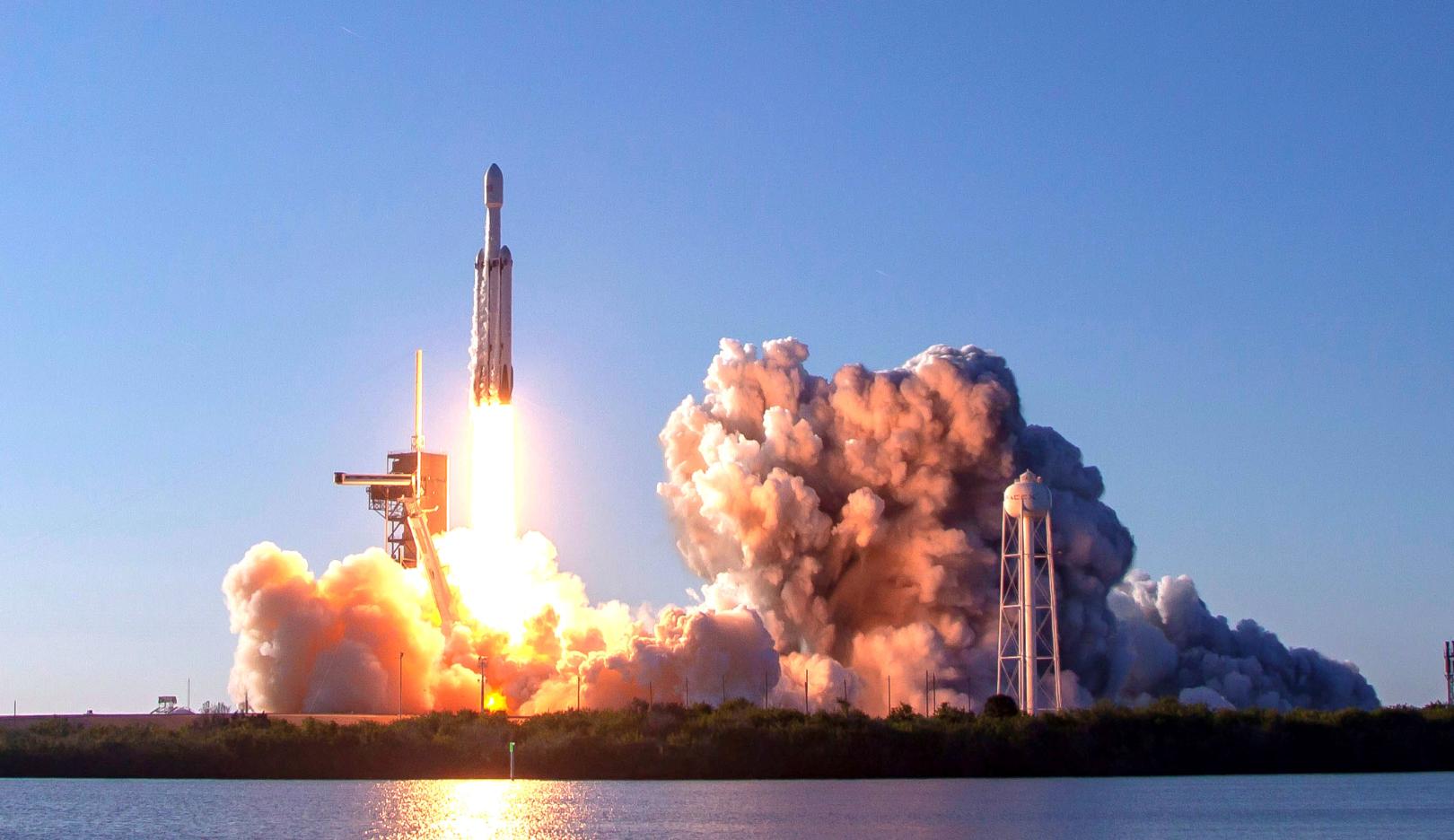
Date:
When the big day arrives, everyone on the launch team has carefully checked every aspect of the equipment to make sure everything will work according to plan. The astronauts have been trained to their peak of preparedness, and the area of launch and the flight path have been cleared of all traffic. The team built a plan to control every aspect of the event except – the weather.
Although perfectly clear skies and still winds provide the safest conditions for flight, mission controllers know that won’t always be the case. To deal with iffy weather, flight directors have a list of prohibitive weather conditions that might jeopardize the safety of a launch. For example, a light wind at launch is okay, but if the wind speed exceeds 30 mph at the 162-ft level of the launch tower, that’s a violation of weather criteria for launch. In other words, no launch until the wind dies down because winds at that speed and greater might push the rocket off-course. Another parameter to be measured is sky electricity associated with thunderstorms; if the edge of a thunderstorm that has produced lightning in the past 30 minutes is within ten miles of the launch site, it’s a no-go for flight. These are just two of 14 weather situations that are carefully monitored to provide the safest flight conditions for the Falcon 9 rocket. Violation of any of them will cause a launch to be postponed to a better weather day. Check out this link to see all 14 of the weather situations monitored by flight meteorologists.


